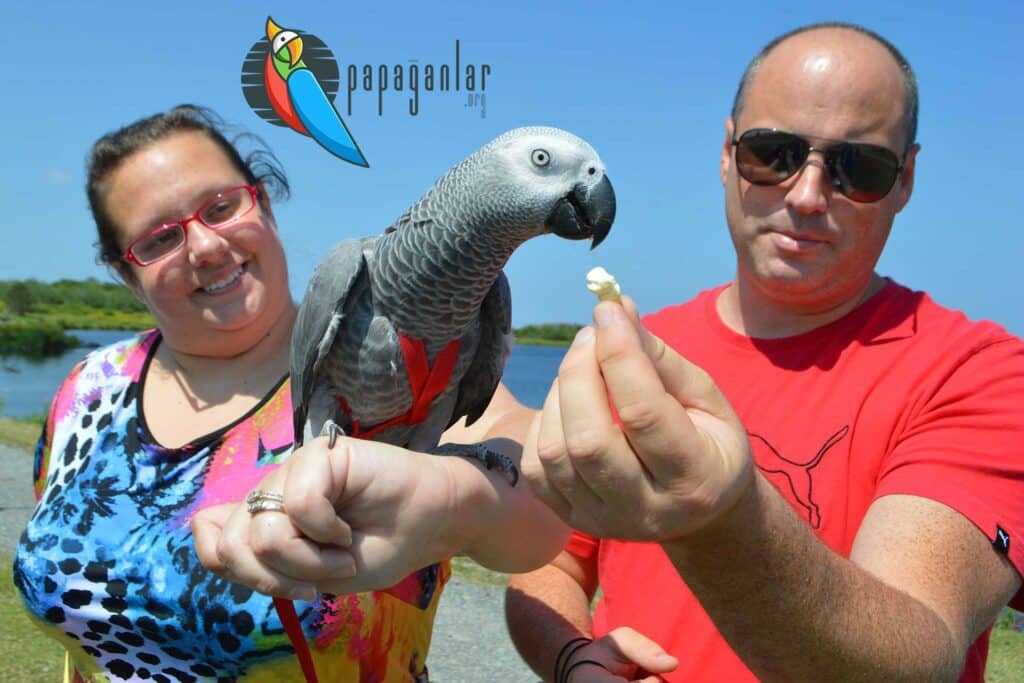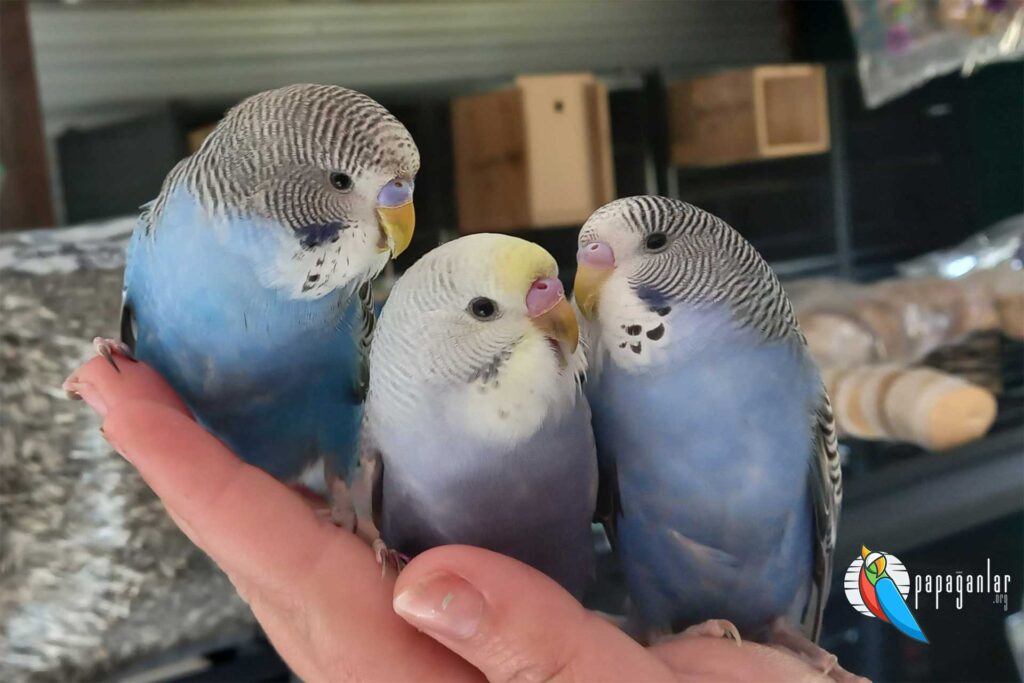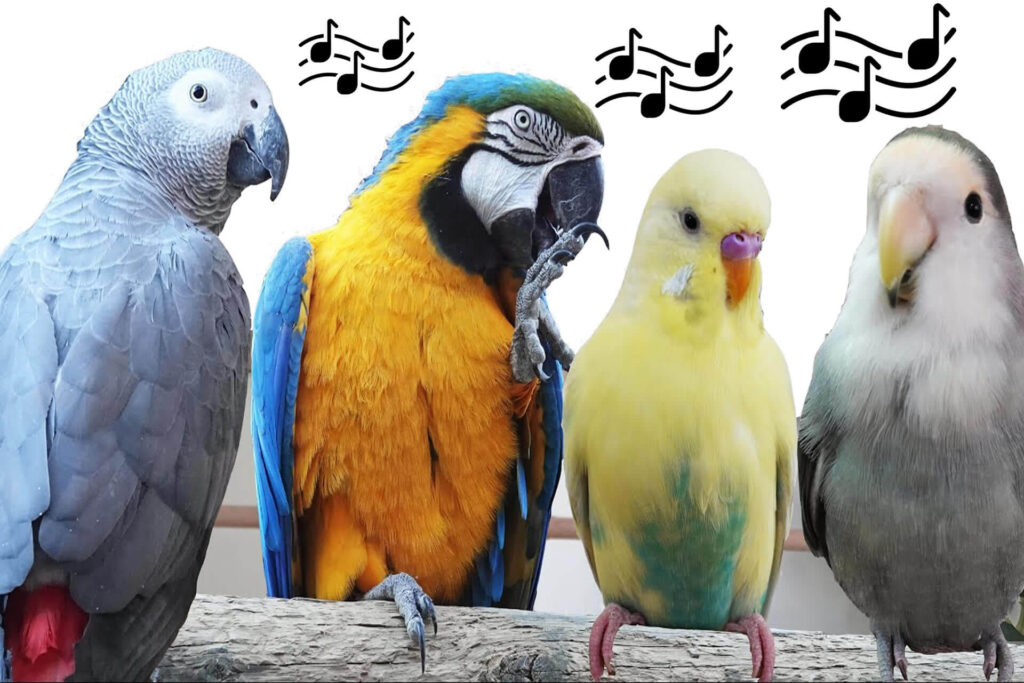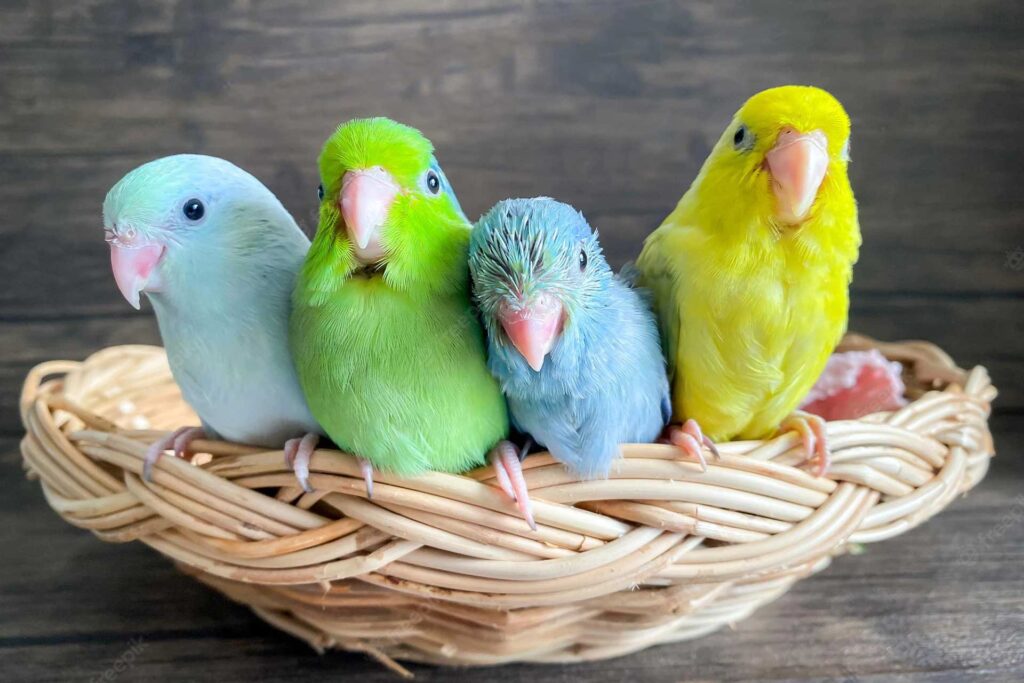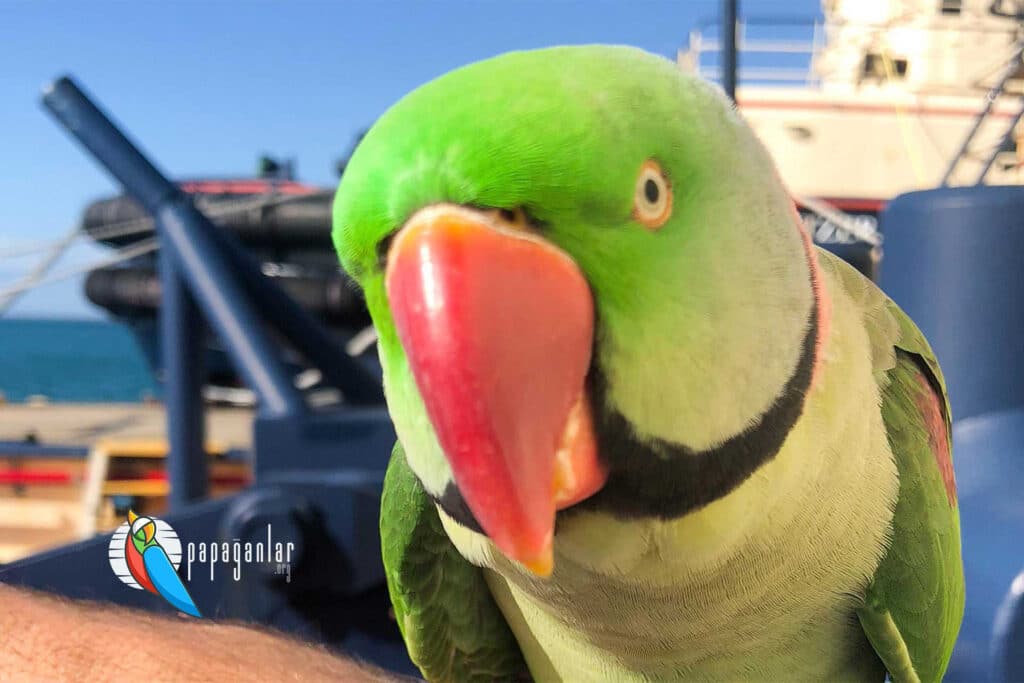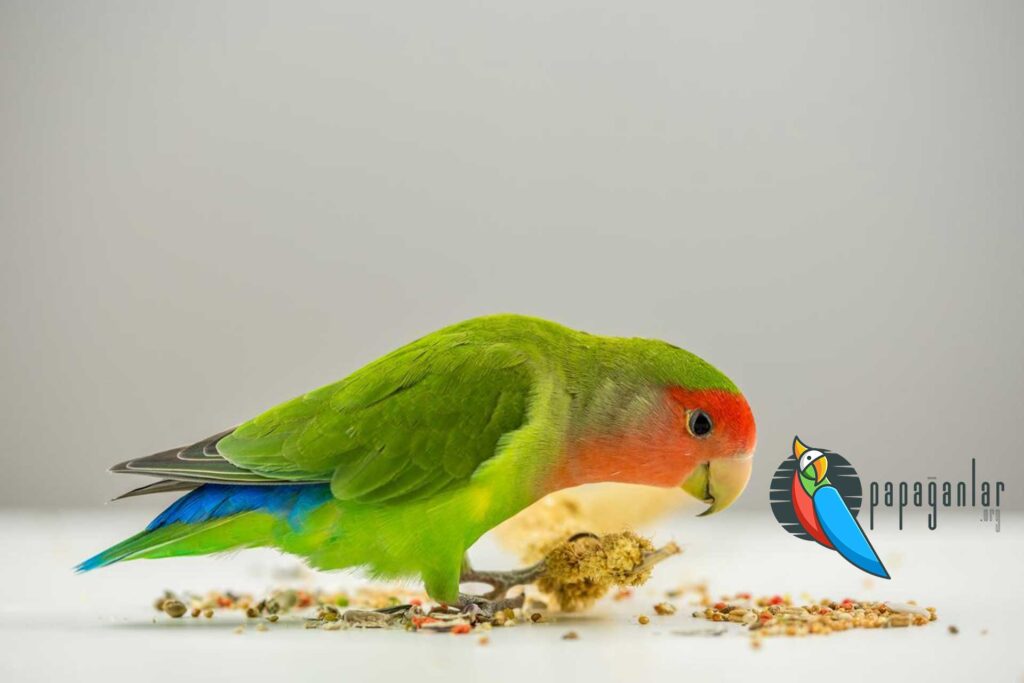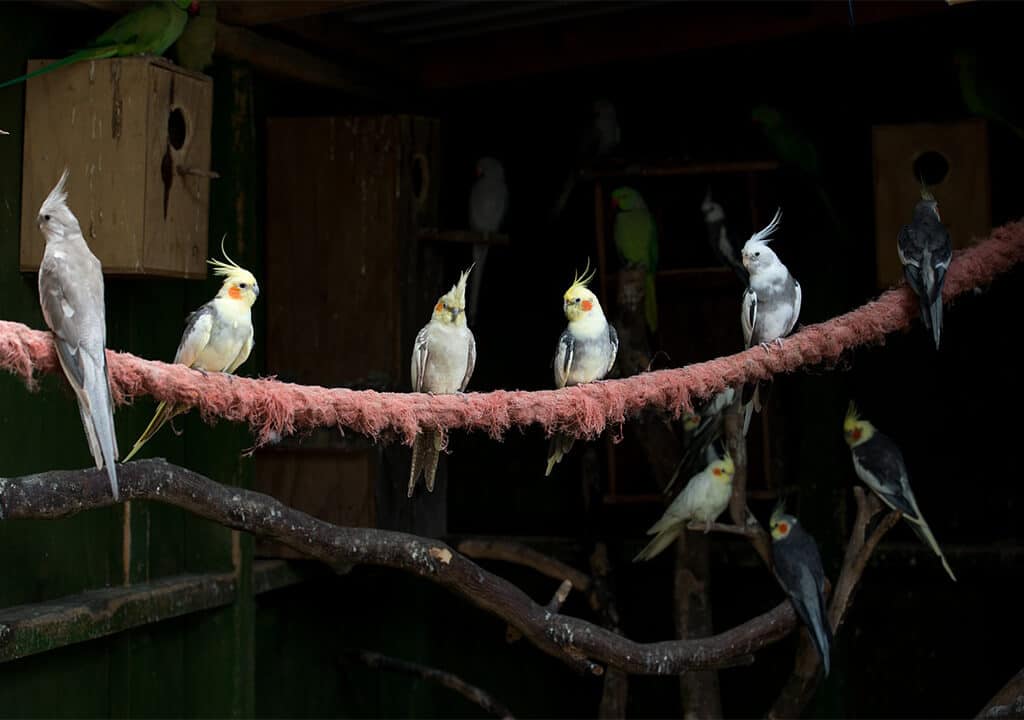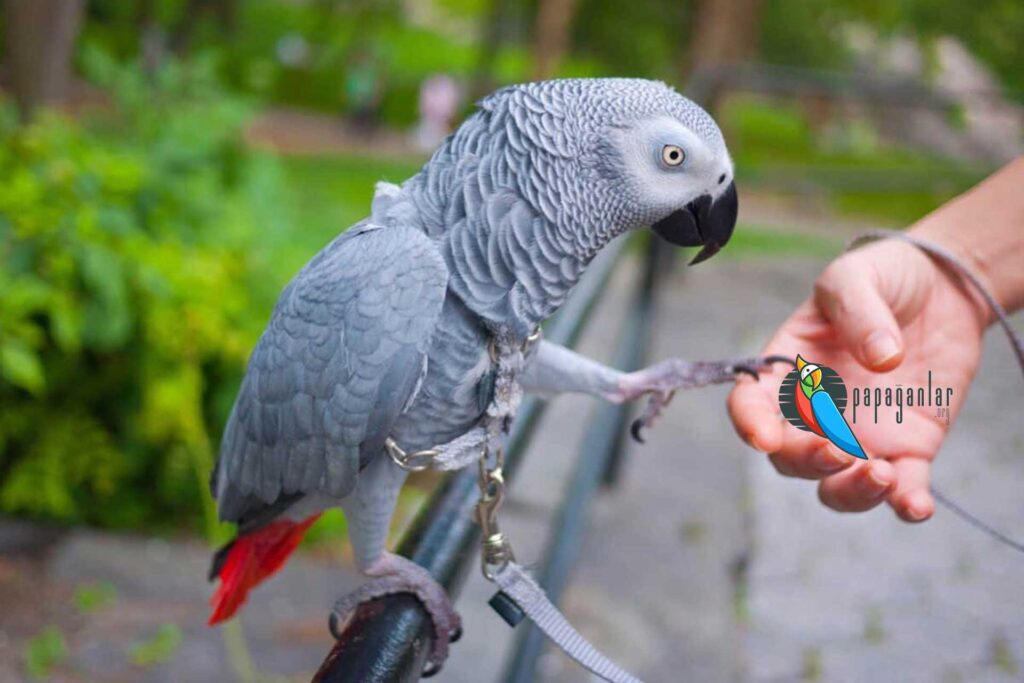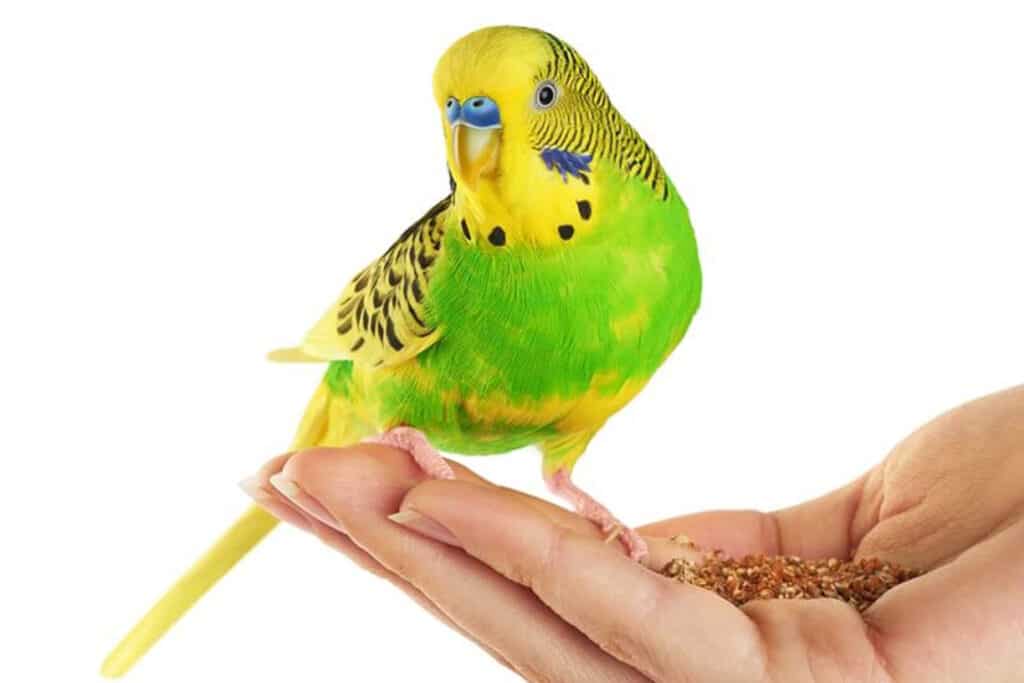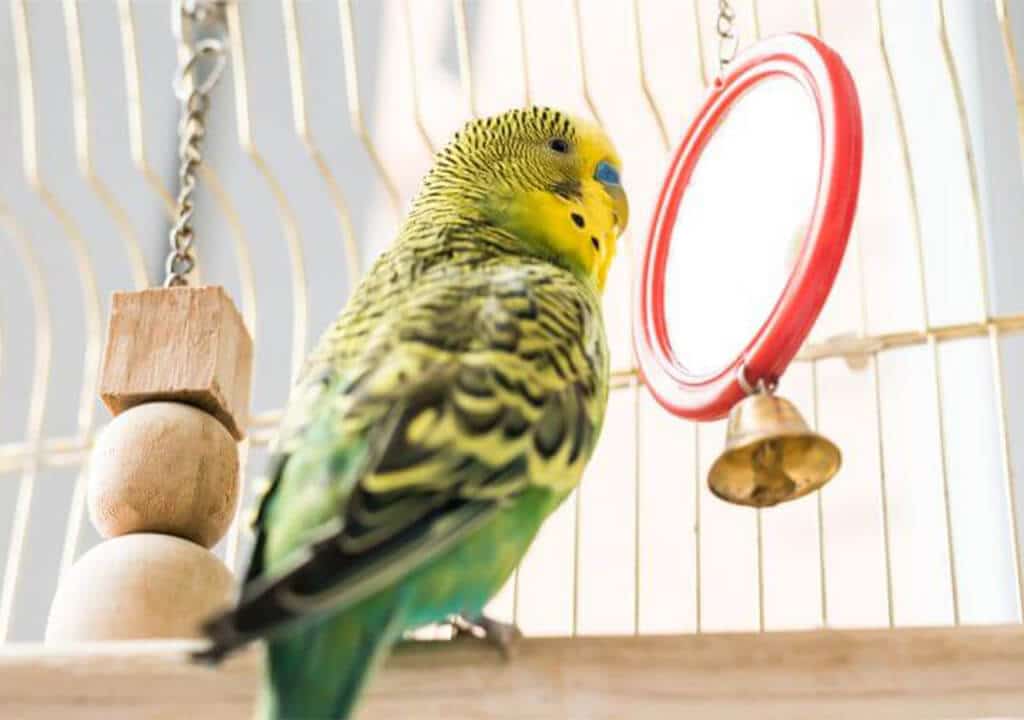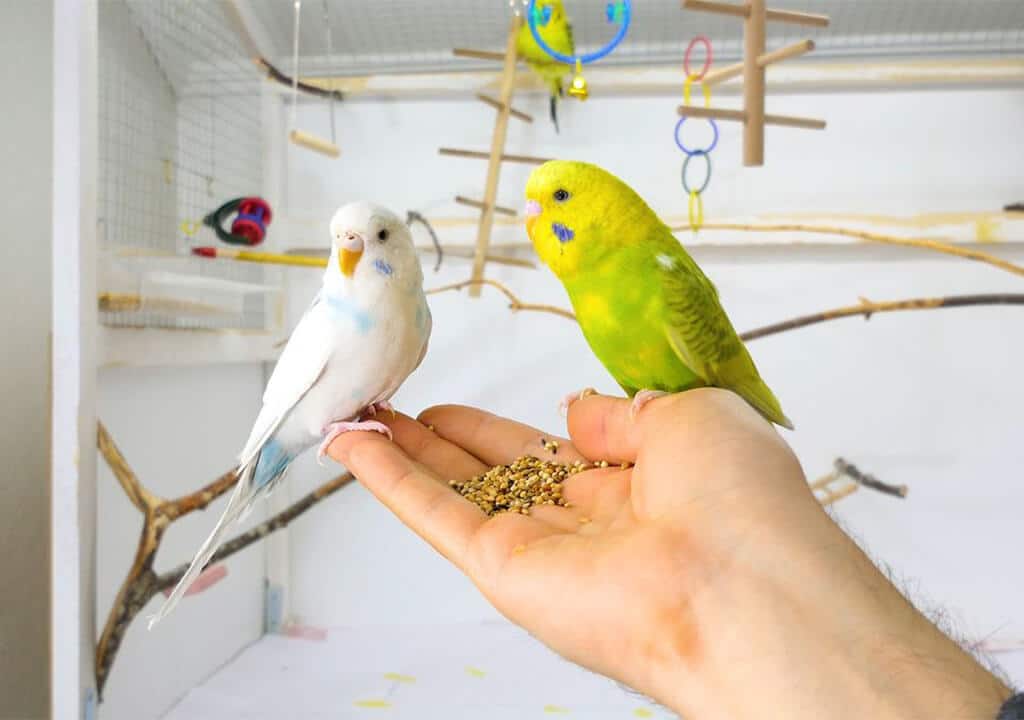Blog
Connecting with a Parrot
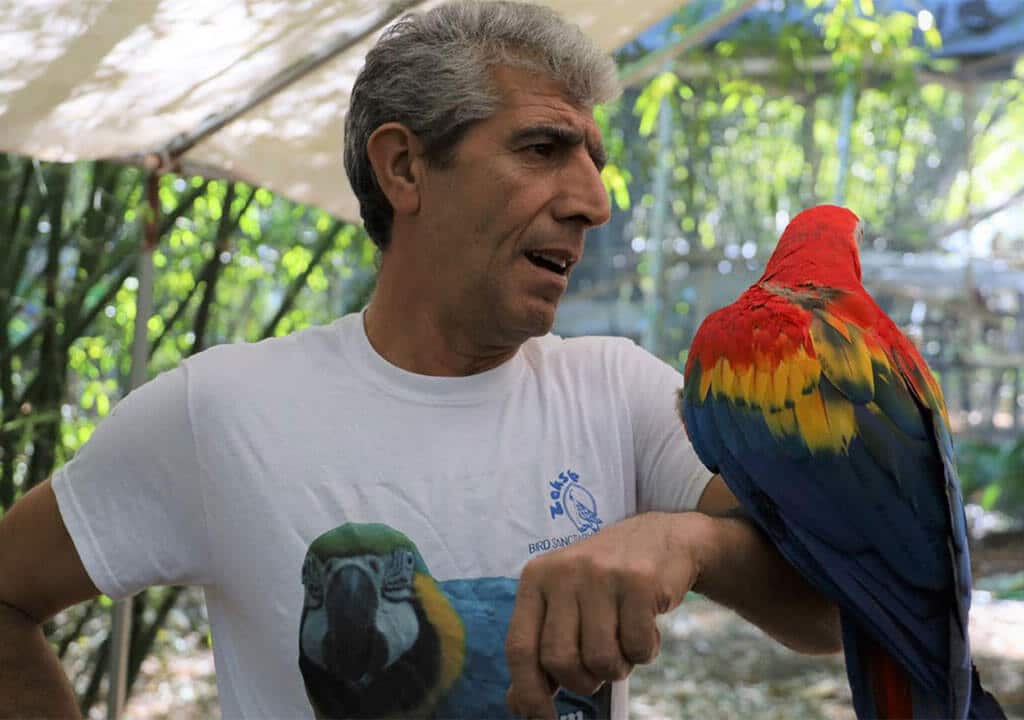
Large breed parrots, accustomed to wildlife by nature, always want to be in contact with other members of the flock in order to feel safe. The golden rule of survival is communication with each other. For this reason, individuals in the cage life will want to communicate with them, as they are members of their family. From time to time, you should put yourself in her shoes and try to understand what her body language and words mean, and make an effort for normal communication.
Making contact (connection) is very important in establishing and maintaining trust between the parrot and the human. When you leave the house in the morning and leave it alone all day, it is a sign that you will return home again. Understanding and using contact (connection) prevents the emergence of many behavioral problems. If your parrot is screaming, which is an instinctive behavior, it may be because she wants to communicate with you.
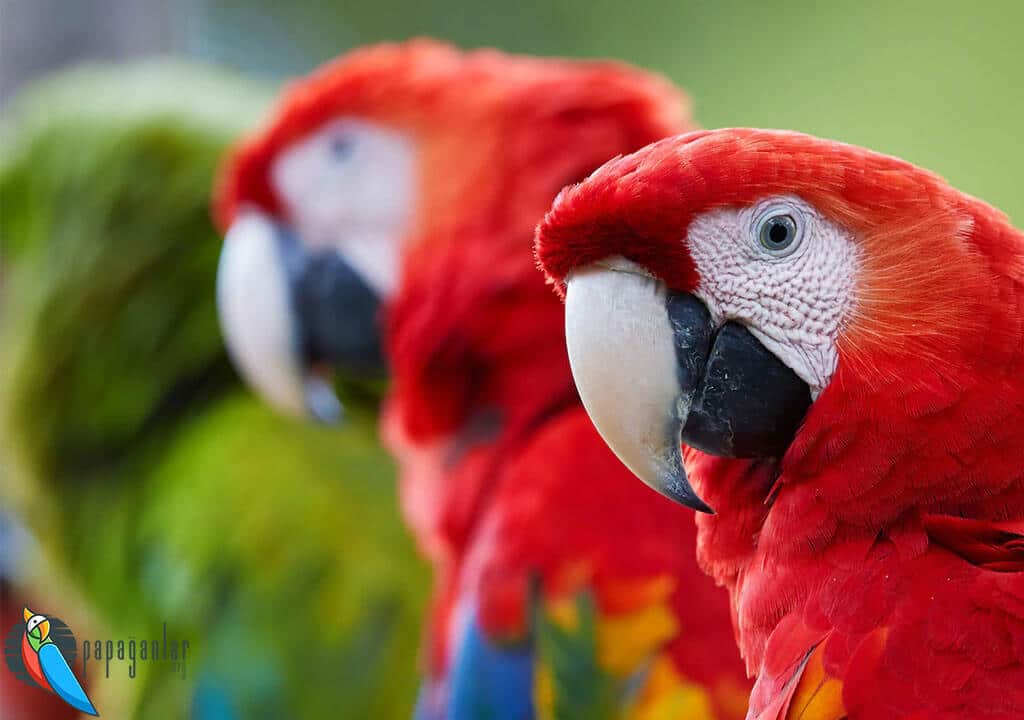
Just as children learn about life by combining actions with words, parrots can combine our actions with our speech. For example, if you enter your parrot every morning by saying “good morning”, she will connect this word with the morning, and after a while she will say this word before you. Likewise, if you say “bye bye” when leaving or “hello” when you get home, the word will easily establish the action connection. After a while, she will realize that the movement is increasing in front of the door, she will understand that you are leaving and will say “bye bye” to you. Thanks to this contact, she will not have any trouble because she knows that you will return home in the evening.
How to Communicate with a Parrot?
If you say “are you ready” every time you take your parrot out of the cage, she will ask you the same question when she wants to go out after a while. This is a form of contact between the parrot and its owner.
Having my parrot come to you with a word is a useful contact-making process. If the parrot escapes out of the house by accident, you can ensure that it comes to you unharmed, thanks to this contact.
Even in the early stages when the parrot is not speaking, you can contact it. Communicate with her by imitating some of the sounds she makes, or by using various melodies. Thus, trust will be established between you in a shorter time and communication will be started from an early period.

Parrots start observing humans to communicate from day one. In which activation, they monitor which movement is made. If the doorbell rings, it does not take much time to detect whether to head for the door or to contact the other party when the phone rings. After a while, they will use the same methods to contact you. It is so prone to imitating mechanical sounds that you can’t help looking at the phone or the door most of the time. If the parrot standing in the kitchen detects that you have come to the kitchen after the sound of the oven shutting down, it will imitate this sound whenever it wants to call you around.
Parrot Toilet Dressing
It is a training that should be given especially for free-range parrots. The parrot, which has been trained in time, can easily walk around the house in accordance with the hygiene rules. Even if she has been toilet trained well, she will definitely defecate every time she leaves the cage to lighten her load before the flight. Young parrots are easier to give this training than adults. Because as they get older, they become less obedient.
Toilet training should be given in an area outside the cage and in the same place. The wastebasket can be used as an empty bin, custom-built toilets, or any newspaper over training ground.
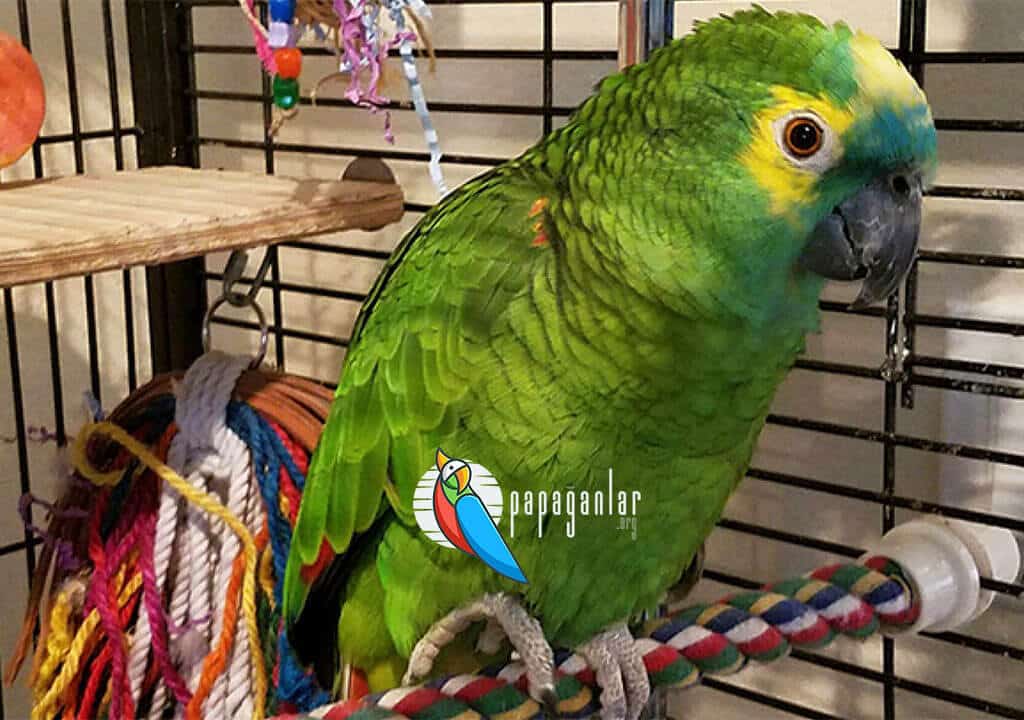
Identify a phrase or sentence that you will use as a key during the training, for example, a word such as “do a poop” or “toilet”. After taking the parrot to the place where you are going to train, always use this key phrase with a medium firmness and a determined attitude. Do not allow her to leave the area without going to the toilet. If she tries to get away by climbing somewhere, put it back in a polite and determined manner and repeat the key phrase.
After a certain time, the parrot will establish the link between the key word and the toilet and the training will be completed. How long this period will be depends on the effort of you and your parrot. In order to consolidate the training, it should be repeated at regular intervals and regularly.
After using the toilet, say another key word, such as “pretty bird”, with the same attitude and determination. In this way, a new contact event will take place between you and your parrot, which establishes the action-word connection.




